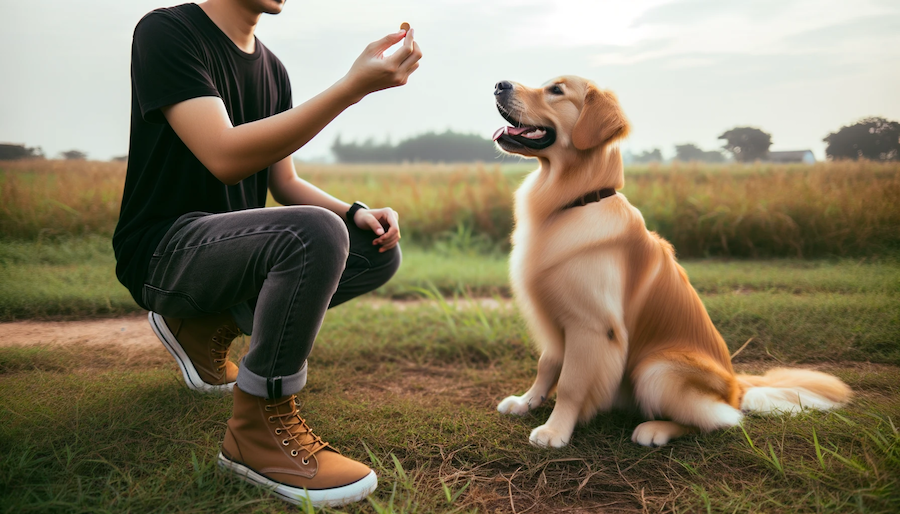Just as humans learn and interact with the world differently, dogs, too, have their distinct personalities and learning styles. Any dog owner who has embarked on the training journey knows it’s not always a ‘one-size-fits-all’ approach that works. Recognizing and understanding your furry companion’s individual personality is crucial in selecting the most effective training methods. This guide will help you navigate through different dog personalities and match them with appropriate training techniques, ensuring a happier, well-behaved pooch.
The Confident Canine
Characterized by a bold, self-assured attitude, confident dogs can sometimes come across as stubborn or dominant. They are often unphased by new environments and tend to take charge of situations.
- Training Technique: Assertive, Consistent Leadership
For these alpha personalities, it’s vital to establish yourself as the pack leader. Use a firm, authoritative tone, maintaining consistent rules. Positive reinforcement (praise or treats) is effective when they follow commands. However, avoid harsh discipline and power struggles, as these can lead to resistance and aggression. Professional training classes can also be beneficial for establishing control while still nurturing their confident traits.
The Shy Sweetheart
On the other end of the spectrum, some dogs are naturally timid and cautious in new situations or around strangers. These sensitive souls can be anxious, and too much pressure can lead to fear-driven responses.
Training Technique: Gentle Encouragement & Patience
Use soft, encouraging tones when giving commands and reward even small achievements with praise or treats. It’s crucial never to force your shy dog into overwhelming situations; gradual exposure through socialization classes can help build their confidence. Additionally, a safe haven (like a crate or bed) where your dog can retreat when feeling stressed is beneficial.
The Energetic Extrovert
Always ready to play, these high-spirited dogs are often exuberant and full of energy, which can sometimes lead to mischief or ignoring commands.
Training Technique: Structured Exercise & Play
Integrating training into playtime can make learning fun and productive for these spirited pooches. Fetch, tug-of-war, or agility courses where you incorporate commands can channel their energy constructively. Regular, rigorous exercise routines also help expend pent-up energy, making them more focused during training sessions. Consistent rules are essential, though, to prevent them from getting over-excited.
The Inquisitive Explorer
This category is for the curious dogs who are always sniffing around and keen on exploring their surroundings. They are easily distracted and, if not mentally stimulated, can resort to unwanted behaviors.
Training Technique: Mental Stimulation & Rewards
Training techniques that engage their brain are most effective for these curious canines. Puzzle toys, hide-and-seek, or scent tracking activities can be very successful. Short, diverse training sessions that keep them guessing will hold their attention better than repetitive tasks. Positive reinforcement, especially with treats, works well for good behavior and followed commands.
The Consistent Caretaker
These are usually the more mature, calm dogs who thrive on routine. They are often at ease with training but can become uneasy if their schedule is disrupted.
Training Technique: Routine and Reassurance
Maintain a consistent training schedule with these dogs, as they find comfort in predictability. They respond well to calm, assertive commands and positive reinforcement. Any changes in their environment or schedule should be introduced gradually, with plenty of reassurance, to prevent anxiety.
Conclusion
Understanding your dog’s unique personality and quirks is the first step in a successful training journey. Tailoring your approach not only makes the process smoother but also helps to strengthen the bond between you and your pet, as it’s based on mutual understanding and respect. Remember, patience and consistency are key in dog training, and sometimes, it’s okay to seek help from professionals. The most important thing is to enjoy the learning process with your furry friend, as these are moments that help solidify a loving, lifelong friendship.

